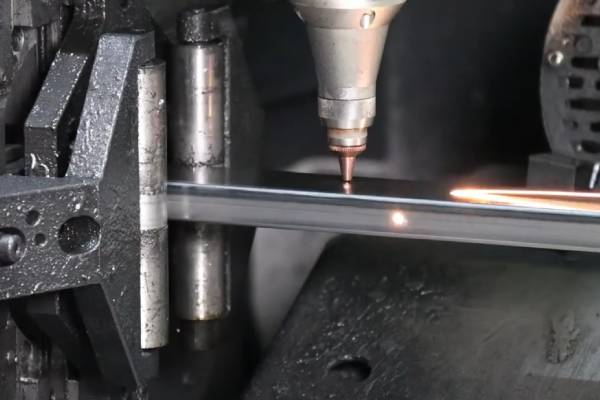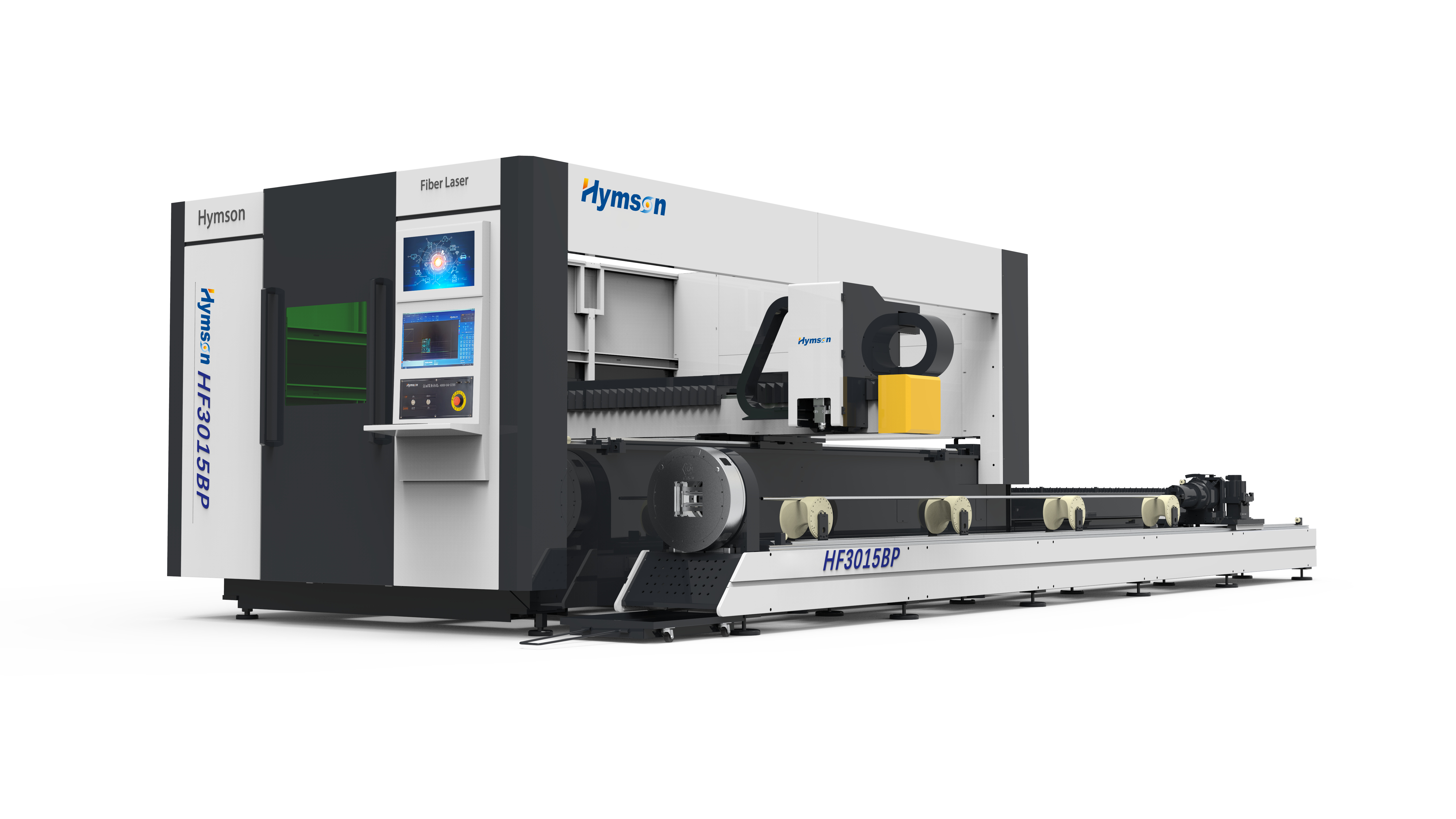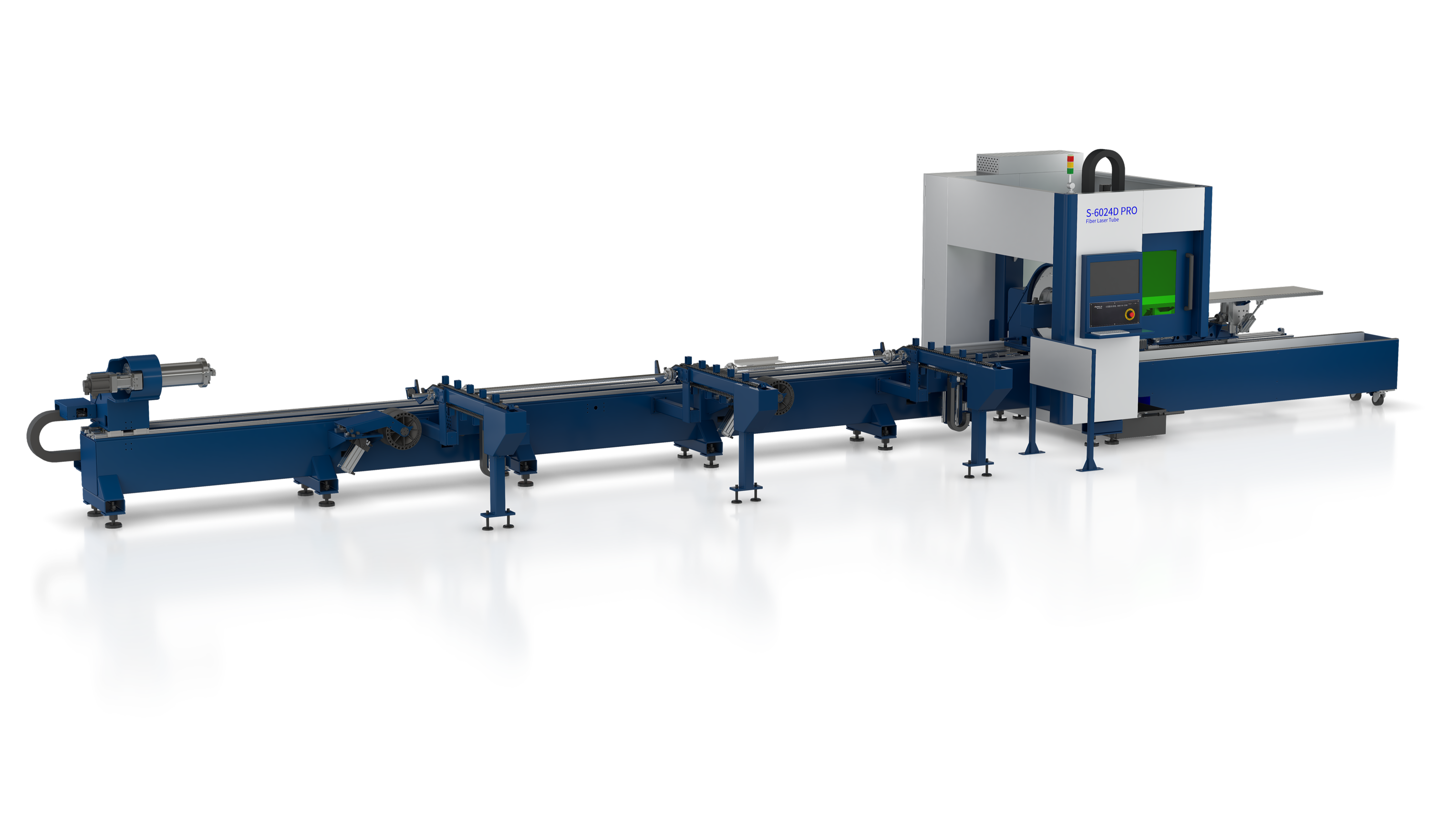When it comes to sourcing a metal laser cutting machine, one of the most common questions buyers have is: What factors affect the price? The metal laser cutting machine price can vary significantly depending on several key factors. Understanding these factors can help businesses make more informed purchasing decisions, optimizing both their budget and operational needs. In this article, we'll break down the main elements that influence the metal laser cutting machine price and help you understand how to get the best value for your investment.
1. Machine Type and Configuration
One of the first and most obvious factors affecting the cost of a laser cutting machine is the type and configuration of the machine itself. The most common types of metal laser cutting machines include:
CO2 Laser Cutting Machines: These are typically used for cutting thicker materials (like steel, stainless steel, and aluminum). CO2 lasers can be more expensive due to the technology used and the type of gas needed for operation.
Fiber Laser Cutting Machines: This newer technology is highly efficient for cutting thin to medium-thickness metals. Fiber lasers are generally more cost-effective than CO2 lasers, but the metal laser cutting machine price can still vary depending on the machine's power and features.
The configuration of the machine—whether it is a standalone machine or part of a larger automated system—also impacts cost. Machines that are integrated into a production line, for example, will cost more due to the additional robotics, conveyors, and software integration needed.

2. Laser Power
Laser power is another critical factor in determining the metal laser cutting machine price. The higher the power of the laser, the more expensive the machine will be. Laser power is measured in watts (W) and typically ranges from 500W to over 12,000W.
Low-Power Lasers (500W-1000W): Suitable for cutting thin metals like mild steel, aluminum, and brass. These are typically lower in cost, but they may not be as versatile for cutting thicker materials.
Mid-Power Lasers (2000W-4000W): Ideal for a wider range of materials, including thicker metals. These machines offer a good balance between price and functionality, making them popular choices for many manufacturers.
High-Power Lasers (6000W+): These machines can cut through thick sheets of metal and provide the precision and efficiency needed for large-scale industrial applications. Naturally, these machines come at a premium metal laser cutting machine price.
When considering your budget, it's important to align the machine's power with the materials you plan to cut. Opting for a machine with more power than necessary can result in unnecessary costs, while undersizing the power might affect your productivity.
6000W Fiber Optic Laser Cutting Machine
3. Cutting Area Size
The cutting area or workbed size is another crucial factor affecting the metal laser cutting machine price. The larger the cutting area, the more expensive the machine. A large workbed allows businesses to cut larger sheets of metal in one go, reducing the need for multiple setups and improving efficiency.
- Small Cutting Areas (up to 1000x1000 mm): These are typically more affordable and suitable for businesses with smaller-scale needs or specialized cutting jobs.
- Medium Cutting Areas (2000x4000 mm): These are standard sizes for many mid-sized manufacturers, offering good value for businesses that need to cut larger metal sheets.
- Large Cutting Areas (over 4000x8000 mm): Ideal for large-scale manufacturing operations or industries that require high-throughput cutting. However, larger workbeds significantly increase the cost of the machine.
When deciding on the cutting area size, consider the types of projects you'll be working on and the maximum sheet size you'll need to handle regularly. A larger workbed might improve efficiency but will come with an added cost.
4. Additional Features and Technology
Modern laser cutting machines come with a range of features designed to improve performance, accuracy, and ease of use. These features can drive up the metal laser cutting machine price but may be worth the investment depending on your production needs. Some of the most common features that affect pricing include:
Automatic Loaders and Unloaders: These robotic systems help automate the feeding and removal of metal sheets, improving production efficiency and minimizing human labor. Machines with automated features generally cost more but can deliver faster ROI in high-volume settings.
Advanced Control Systems and Software: The software used to control the laser cutting machine has a significant impact on both the ease of operation and the quality of the cuts. High-end control systems, often with advanced CAD/CAM compatibility, can improve precision and reduce material waste. This added technology typically increases the overall metal laser cutting machine price.
Fume Extraction Systems: Cutting metal with lasers generates smoke and fumes that can be harmful to both the operator and the environment. Machines equipped with efficient fume extraction systems or filtering units will be priced higher due to the added components and technology.
Precision Features: Some machines come with additional technology designed to improve cutting precision, such as height sensors that maintain optimal focus or cooling systems that reduce heat distortion during operation.
While these advanced features come with additional costs, they can ultimately help businesses increase throughput, reduce waste, and improve the overall cutting quality, offering long-term value.
5. Brand and Manufacturer Reputation
The reputation of the manufacturer can also have a significant impact on the metal laser cutting machine price. Established brands often charge a premium for their machines due to their proven quality, reliability, and customer support. While opting for a lesser-known manufacturer might offer a more affordable price tag, the risk of lower quality, less efficient customer service, and lack of reliable spare parts can be costly in the long run.
Choosing a well-regarded professional metal laser cutting machine manufacturer ensures that you get a high-quality machine with strong customer support, which can ultimately save you time and money.
6. After-Sales Support and Warranty
After-sales support is another hidden cost factor that affects the overall value of a laser cutting machine. Machines that come with extended warranties, regular maintenance packages, and easy access to technical support can save businesses money by reducing the risk of costly breakdowns and downtime.
Investing in a machine with comprehensive after-sales support might mean a higher upfront price, but it ensures that your machine operates optimally throughout its lifespan.
Conclusion
The metal laser cutting machine price is influenced by many factors, including the machine's type, laser power, cutting area, features, and the reputation of the manufacturer. To get the best value for your investment, it's crucial to consider your specific cutting needs, budget, and long-term production goals. By understanding the factors that influence the metal laser cutting machine price, you can make an informed decision that maximizes both your efficiency and return on investment.
At Hymson, we offer a range of high-quality laser cutting machines tailored to meet the demands of different industries. Whether you're looking for a compact solution for small-scale operations or a high-power machine for large-scale production, our expert team is ready to help you find the right machine at the best price. Reach out to us today to learn more about our products and get a personalized quote!
分享這篇文章:



